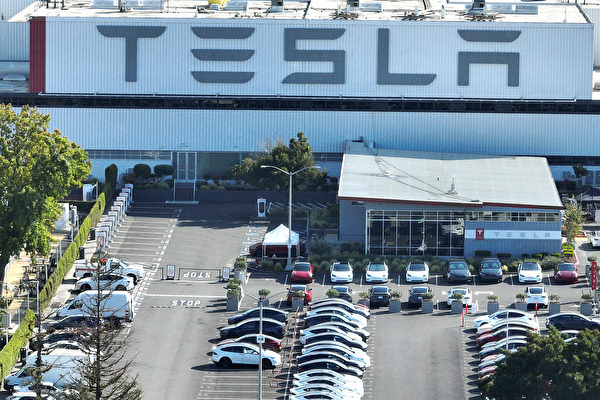Since 2024, the wave of layoffs in high-tech companies has continued the trend of the past two years. According to the data from Layoffs.fyi, a company tracking global high-tech company layoffs, a total of 84,060 people have been laid off by 293 high-tech companies worldwide this year.
Last week (as of May 17), Tesla announced in a memo that it would be laying off over 600 employees at its manufacturing facility and engineering office in the Silicon Valley area. In April of this year, Tesla had announced a layoff of 14,500 employees, accounting for about 10% of the company’s global workforce. Over 6,000 people were laid off in California and Texas. This latest round of layoffs may be a part of that plan.
In 2023, 262,600 people left their jobs in the global tech industry, far exceeding the 164,900 people in 2022. The companies with the highest number of layoffs were Amazon (27,000), Meta (21,000), Google (12,000), and Microsoft (11,000).
In the San Francisco Bay Area of California, 19,533 people have been laid off so far this year, with Cisco being the company with the most layoffs at 4,250. Additionally, cloud computing company VMware laid off 2,837 people, PayPal 2,500, Unity game platform 1,800, and Google 1,257. Dell, headquartered in Texas, confirmed last month that it would lay off 13,000 people.
Over the past two years, the trend of layoffs in major US tech companies seems to have not stopped. Companies like Amazon, Google, Tesla, SAP America, Apple, Meta, and Microsoft have all conducted large-scale layoffs.
The reasons behind the widespread layoffs in the tech industry can be summarized as facing challenges in technology, costs, and macroeconomic factors:
1. Changes in job and technology prospects are driving changes in investor preferences. Jeff Shulman, professor at the Foster School of Business at the University of Washington, told CNBC that he believes layoffs will continue due to changes in job and technology prospects, as well as shifts in investor preferences towards risk, profit growth, and profitability.
2. The need to save costs and adapt to technological changes. An analysis by Computerworld in April pointed out that some companies are not only laying off employees to save costs but also to adapt to the continuously changing technological environment.
3. Demand for macroeconomic factors and internal organizational efficiency. Meta CEO Mark Zuckerberg stated that the key factors in deciding on layoffs are related to both macroeconomic conditions and the company’s requirement for organizational structure flattening.
4. Shifting focus to areas with long-term growth potential. Microsoft stated that its layoff strategy aims to align the company’s cost structure with its revenue structure while investing in areas that are predicted to show long-term growth.

